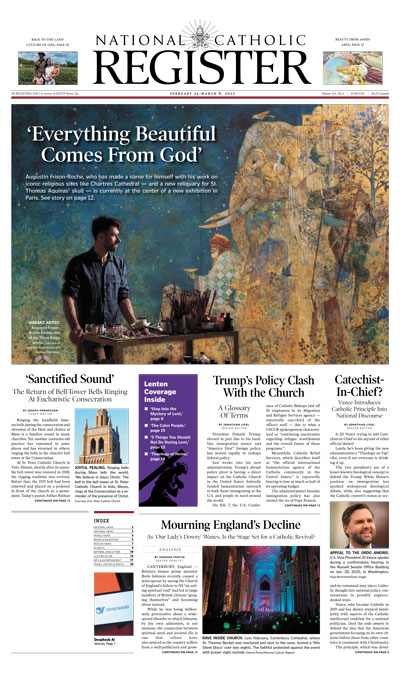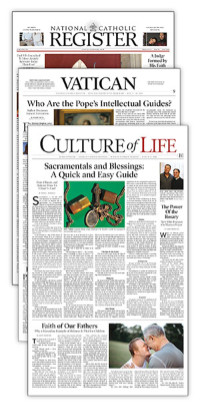Syrian Government to Build Replica of Hagia Sophia
Located in modern-day Istanbul, Hagia Sophia was built in 537 as the cathedral of the Ecumenical Patriarchate of Constantinople.

WASHINGTON — The government of Syria plans to build a replica of Hagia Sophia, with support from Russia, as a protest against Turkey’s decision to turn the famous former Byzantine cathedral back into a mosque.
Bishop Nicola Baalbaki, the Greek Orthodox Metropolitan of Hama, has approved the construction of a new church built as a replica of Hagia Sophia in the city of Suqaylabiyah, which has a heavily Greek Orthodox population, according to Lebanon’s Al-Modon media.
The idea for the new church originated with Nabeul Al-Abdullah, a leader of the National Defense Forces militia, which supports the Syrian government. Abdullah has donated land on which the replica will be built, according to Greek City Times. He also secured approval for the project, as well as support from Russian officials, who are now helping plan the construction of the church.
Russia has supported the Syrian government against Turkish-backed rebels in the western part of the country during the nation’s ongoing civil war.
Located in modern-day Istanbul, Hagia Sophia was built in 537 as the cathedral of the Ecumenical Patriarchate of Constantinople. After the Ottoman capture of Constantinople in 1453, the basilica was converted into a mosque. Under the Ottomans, architects added minarets and buttresses to preserve the building, but the mosaics showing Christian imagery were whitewashed and covered.
In 1934, under a secularist Turkish government, the mosque was turned into a museum. Some mosaics were uncovered, including depictions of Christ, the Virgin Mary, John the Baptist, Justinian I, and Zoe Porhyrogenita. It was declared a World Heritage Site under UNESCO, the United Nations Educational, Scientific and Cultural Organization, in 1985.
Turkish president Recep Tayyip Erdoğan signed a decree July 10 converting it into a mosque following a ruling by the Council of State, Turkey's highest administrative court, earlier that day which declared unlawful an 80-year old government decree converting the building from a mosque into a museum.
Religious leaders around the world, including Pope Francis, decried the move, with the pope saying it caused him “great sadness.”
As a mosque, the Christian mosaics in Hagia Sophia will have to be covered during prayers, as will as the seraph figures located in the dome.
Catholic bishops across the United States joined their Greek Orthodox counterparts in observing a “Day of Mourning” on July 24.
- Keywords:
- constantinople
- hagia sophia
- pope francis
- replica
- syria
















